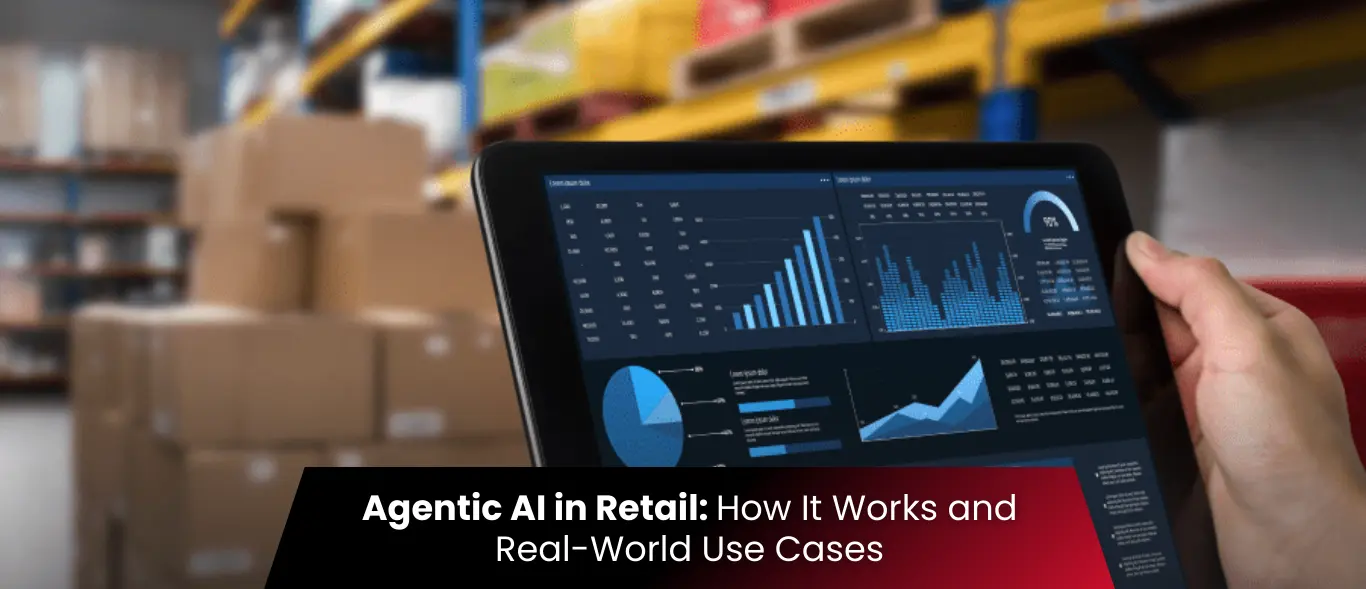In part 1 of this blog, we looked at the disruption to business caused by COVID-19 and discussed how data analytics was the only scientific response available to tackle these challenges.
In this blog, we will discuss how your business can use data analytics not only to endure the economic downturn caused by the pandemic, but also to bounce back afterward.
The Tools For Implementing Data Analytics
Businesses of all kinds must view the coronavirus pandemic as an opportunity; a chance to implement, if not already done, digital technology to tackle market chaos. In this section, we shall discuss the tools available for implementing data analytics.
Business teams should be able to go beyond mere information collection and monitoring: they need to analyze data in real-time to extract value from it and pass down analyses to key decision-makers as quickly as possible.
Here are some of the key metrics that need to be monitored for analysis:
- Multi-channel traffic such as website visits, social media interactions, etc
- Transactions record
- Cart abandonment
- Marketing metrics
- Inventory management
- Customer service
One very important resource for marketers today is a customer data platform (CDP). A CDP is a “data unifying software”, and when you add it on top of your MarTech stack, it helps manage your customer journey across every touchpoint — marketing, customer service, and product.
The Express Analytics’ Oyster CDP helps businesses get a 360° ‘customer view’, or a ‘unified customer experience’, thus helping them better model their buying behavior, and increase the success rate of marketing campaigns”.
CDPs help with data cleaning, transformation, and enrichment. Every customer inevitably leaves behind information while interacting with a brand. When they surf the Internet or interact with companies through online and offline channels such as websites, e-commerce platforms, and in-store interactions, their footprints can be tracked.
Some of the data that CDP uses includes transactional data: items purchased, number of abandoned carts, and returned products; customer attributes: name, gender, and contact information; customer service info: customer communications, live chat, number of interactions, and so on.
Pitfalls to keep an eye out for
The advantage for businesses going in for a CDP is that it will help them through both the phases, during the pandemic as well as after.
For those businesses in Category 1(b) — on a digital platform but not started with data analytics — here’s our advice: now is a good time as any to get going with data analytics.
Here’s a 3-step plan: Collect > Store > Discover. Acquire some basic data analytics tools and services to get going.
What such “first-timers” need is to ensure:
- Set up the appropriate framework for data analysis
- Ensure proper implementation of data collection methods and analysis
- Ensure reliability of sources as well as data
- Collection of data from all sources
- Availability of analytical skills
- Ensure the reliability and validity of data, data sources, data analysis methods, and inferences derived.
- Implementation of data analysis methods
EA can help implement the 1-2-3 plan for businesses turning to data analytics for the first time. It can help them consolidate disparate external & internal data sources from 100+ data sources, such as Google AdWords, LinkedIn, Google, Salesforce, HubSpot, etc.
The EA data pipelines will then help route, process & load to data warehouses or data marts. Our ELT data integration system provides automated data pipelines, such as Amazon Redshift.
Finally, EA will help your enterprise connect your BI, data visualization, SQL, or other data tools to explore, analyze, and visualize data to understand business performance. Tools include MicroStrategy, Tableau, etc.
Those who can benefit immensely:
- Retail POS
- E-Commerce
- Media
- Supply chains
Conclusion
Whether in the time of a crisis like a coronavirus pandemic or otherwise, businesses must remove “gut feeling” or guesswork from their planning and strategizing. Success will only come if they become data-centric and use data and its analysis to make all business decisions.


